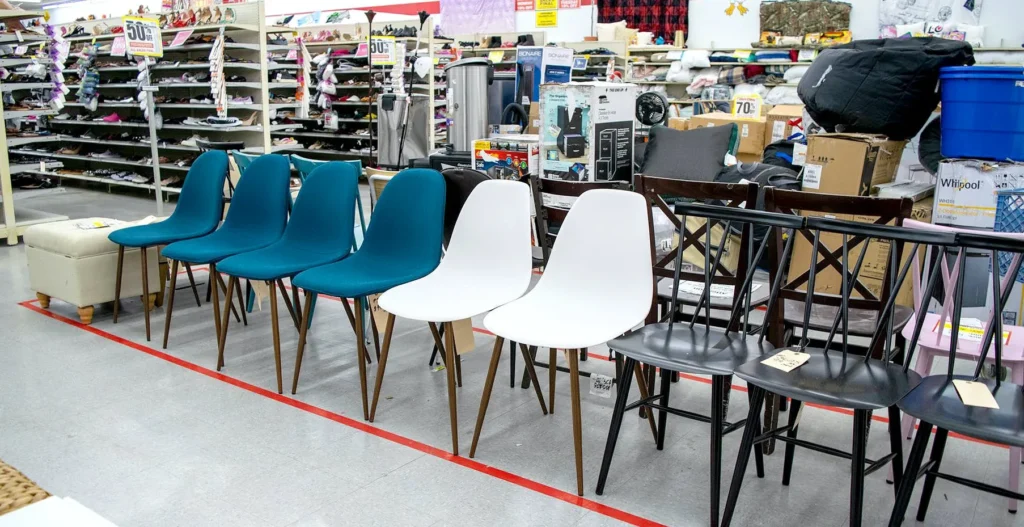What Does Target Do with Salvage Items?
What does Target do with salvage items? Target, works on a vast scale and serves millions of people around the US. Target periodically comes across products that are unfit for normal sale for a variety of reasons, including damage, flaws, expiry, or lack of demand.

In these situations, the business adheres to certain protocols to manage these salvaged assets successfully.
Target’s dedication to sustainability and waste minimization is based on its salvage shops. Salvage store development and the adoption of more environmentally friendly business methods might happen when the retail sector develops further.
Target’s continued commitment to cutting waste and encouraging a more environmentally friendly shopping experience will probably result in new initiatives and additional expansion in the market for salvage stores.
What Does Target Do with Salvage Items?
Target sells salvaged items to independent liquidation firms.
The wreckage from Target is sent to thrift stores like Goodwill, bargain retailers like TJ Maxx or Marshalls, or standalone liquidation or wholesale businesses like the establishments that sell the trash from Target.
General Overview of What Target Does with Salvage Items
Target’s continued commitment to cutting waste and encouraging a more environmentally friendly shopping experience will probably result in new initiatives and additional expansion in the market for salvage stores.
1. Return to Vendor
Target could send certain salvaged goods back to the maker or original retailer. This may happen if the products are recalled, have a flaw, or were damaged in transit.
2. Liquidation
Target chooses to sell salvaged goods to independent liquidation businesses. These specialist enterprises buy big quantities of overstock or salvaged goods and resale them to other companies or customers for a profit.
Target recoups part of the investment put in these things through liquidation, so recovering some value that would have been lost.
Different venues, including online ones and actual auction houses, are used as liquidation channels.
Target collaborates with trustworthy liquidators who take care of distribution and bulk buying. With this strategy, the salvaged goods might find new homes and get in front of customers searching for deals.
3. Recycling
Target encourages recycling as a responsible waste management tactic when rescued products are unfit for return, sale, or donation.
By reusing materials instead of disposing of them in landfills, recycling enables the business to reduce its environmental effect. From salvaged products, it is possible to remove recyclable elements including paper, plastic, metal, and electrical parts.
In order to assure the processing and disposal of salvage products, Target collaborates with recycling companies that focus on various types of materials.
4. Donation
Corporate social responsibility (CSR) and community involvement are important to Target. Target can decide to give salvaged goods to charity organizations, philanthropic causes, or disaster relief activities as part of its sustainability initiatives.
The firm guarantees that the salvage products have been used and help people or communities in need besides supporting deserving charities by donating these items.
Many items, including non-perishable food items, home goods, clothing, and technology, can be donated. Target extends the lifetime of salvage products while having a beneficial social impact by working with reputable nonprofit partners.
People, who wish to buy cheaply, find unusual products, and support environmentally friendly practices may do so at Target Salvage Stores.
Everyone can find something at a Target salvage shop because of the variety of things available, which vary from clothing and electronics to home goods and seasonal items.






